As you’re going to see in the next couple posts, there’s a epic meal coming your way. This is the first component of the meal. I was feeling ambitious after watching 8-13 year olds cook on MasterChef Junior. More to come on that.
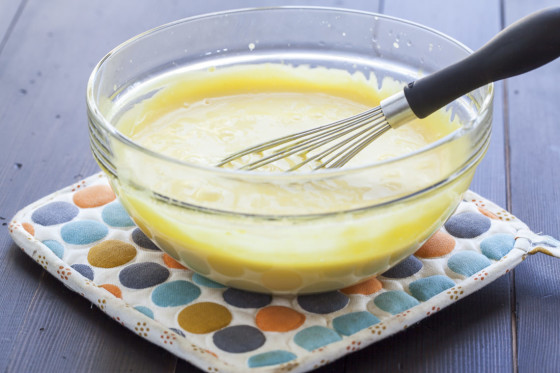
I just realized it’s pretty important that I have a sauce like this in my collection of recipes. When I was a little kid, I was actually a pretty picky eater. My family teased that I ate like a bird. I remember my family occasionally getting take-out from Boston Market. I’d get my dinner plate and serve myself some of everything we got: a little scoop of the greens, a little scoop of the sweet mashed potatoes, etc. And when I say “a little” I mean like two to three bites worth of each. (Also then about 3 pieces of cornbread.)
I wasn’t a big fan of meat for a while there. Chicken, bland. Steak, yucky. It was to no failure of my mom to make great food, I just wasn’t into meat. Until one day (I don’t remember why we even had this) this packet of bernaise sauce “mix” showed up. Mom, maybe you remember?? She had me dissolve the powder in milk, boil away, and add butter. I doused my meat in it and suddenly I loved meat.
Anytime we had meat, I had to make the sauce or I wouldn’t eat the meat. While now I will eat meat without it, I’m always more than happy to douse my meat in a good bernaise.
What’s the difference between hollandaise and bernaise? Hollandaise is one of the “mother sauces” from French cuisine. They’re said to be the five basics from which all sauces stem from. Bernaise is a “child” of hollandaise, or a hollandaise just flavored specifically and called bernaise.
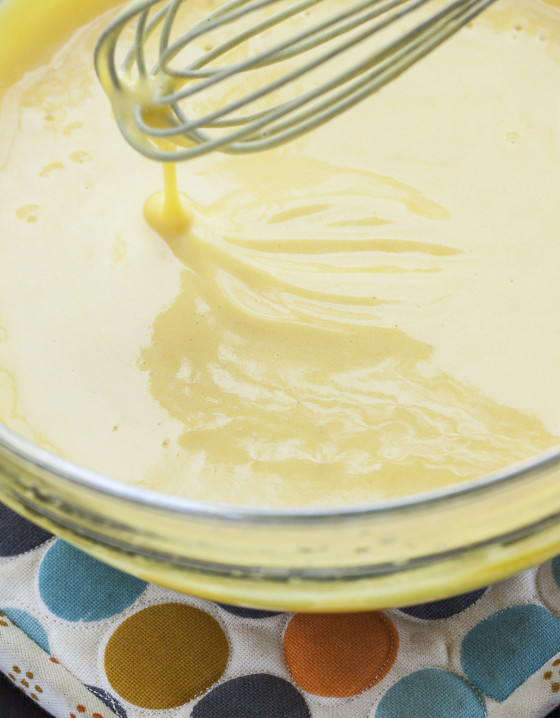
I sought out a recipe for hollandaise by Gordon Ramsay because I was making one of his dishes to serve it with. I found one here and it’s all in grams/milliliters, so I did my best to convert it.
Funny story. In writing this recipe for you, I made a note in the recipe below that said:
“Stirring in a squeeze of lemon juice at the end is traditional in hollandaise. I tasted mine and it had a big vinegar bite already, so I omitted the lemon. Feel free to add it to yours!”
It did have a very vinegary bite. Even my husband noted the vinegar pop. I attributed it to the fact that Ramsay’s recipe called for 2 cups of white wine vinegar and I only had 1 cup, so I used some rice wine vinegar and a little apple cider vinegar too to get to 2 cups of vinegar, cause that’s all I had. Maybe the apple cider vinegar was too strong? The wrong bold flavor?
So as his recipe says, you combine the 2 cups vinegar with the tarragon and peppercorns. You boil and reduce it by half, into one cup. So when I made the sauce, I added ALL of the reduced vinegar to the egg yolks (1 CUP), beat it over the double boiler, and drizzled in the butter. NBD right? Well in reading the recipe closer to write it for you, I realized I was supposed to take 2 TEASPOONS of vinegar into the egg yolks. Not 1 CUP haha. Well it still turned out for me! So I’ll write it correctly for you, no worries.
- 2 cups white wine vinegar
- 1 tablespoon peppercorns (I used black)
- 2 springs fresh tarragon
- 3 egg yolks
- 1 cup ghee or clarified butter, melted
- splash of fresh lemon juice
- salt and pepper
- In a small pot boil vinegar, peppercorns, and tarragon until reduced by half, to one cup. Strain vinegar and set aside.
- Bring a medium pot of water to a simmer. In a large bowl (that fits to make a double boiler with your pot of water) whisk the egg yolks with 2 TEASPOONS of the reduced vinegar. Beat vigorously forming an airy foam. To avoid over-heating take the bowl on and off the heat while continuously whisking and achieving that airy, golden foam. It should "ribbon" when you lift the whisk.
- Slowly drizzle in the butter while continuously whisking, taking breaks from the heat and whisking with the bowl off the double boiler. Keep going (whisking on and off heat) until all the butter is added your sauce is thick as mayonnaise.
- Off the heat, whisk in lemon juice, salt and pepper. If the sauce is still too thick you can add a little warm water to thin it.
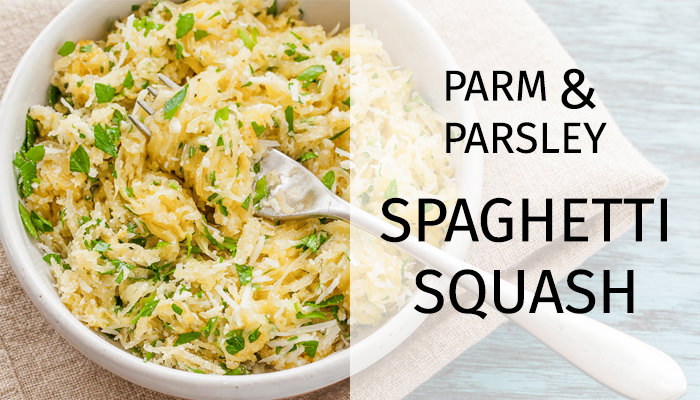
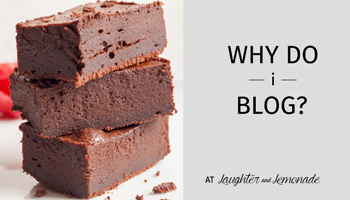
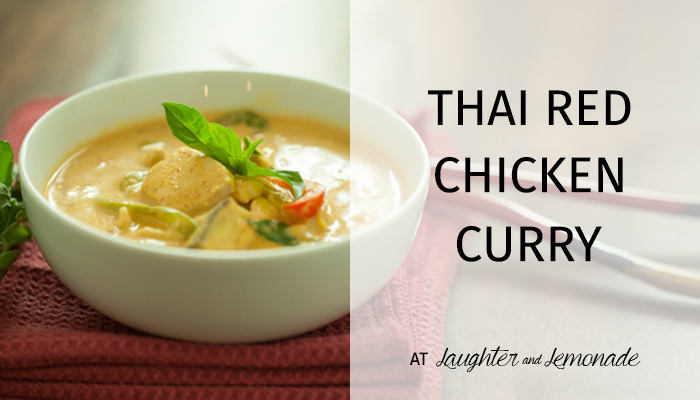

Rate, Review, & Comment